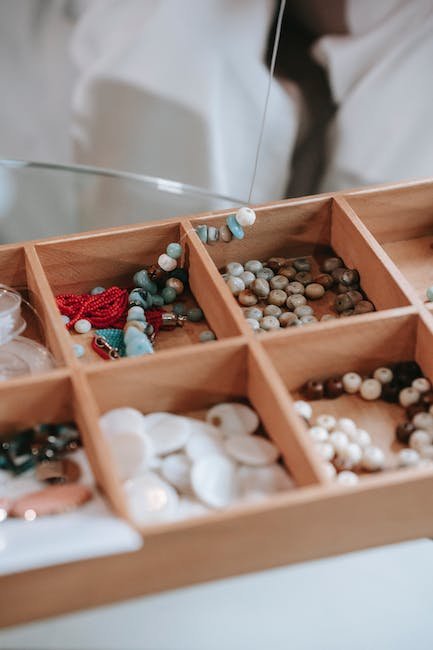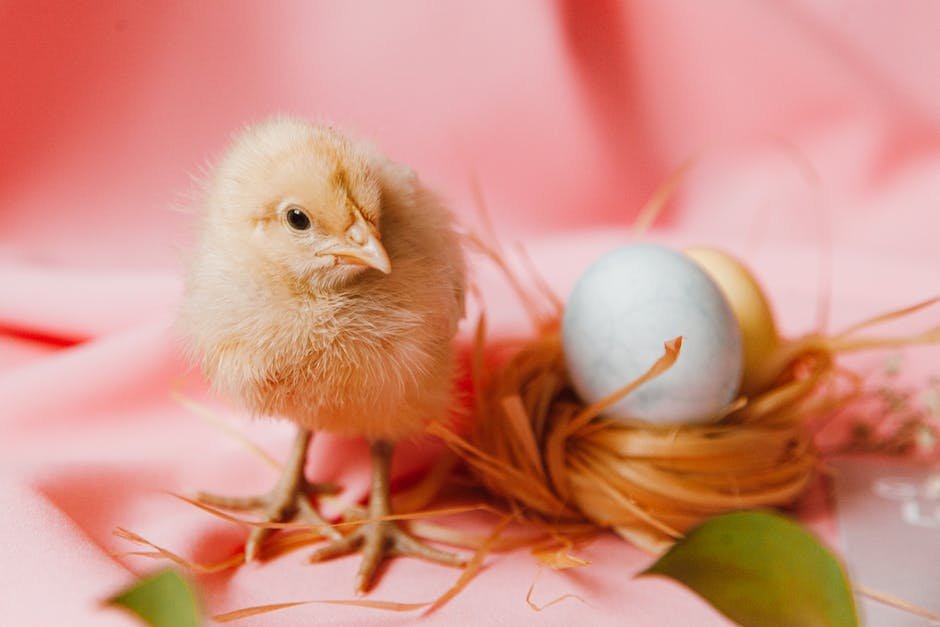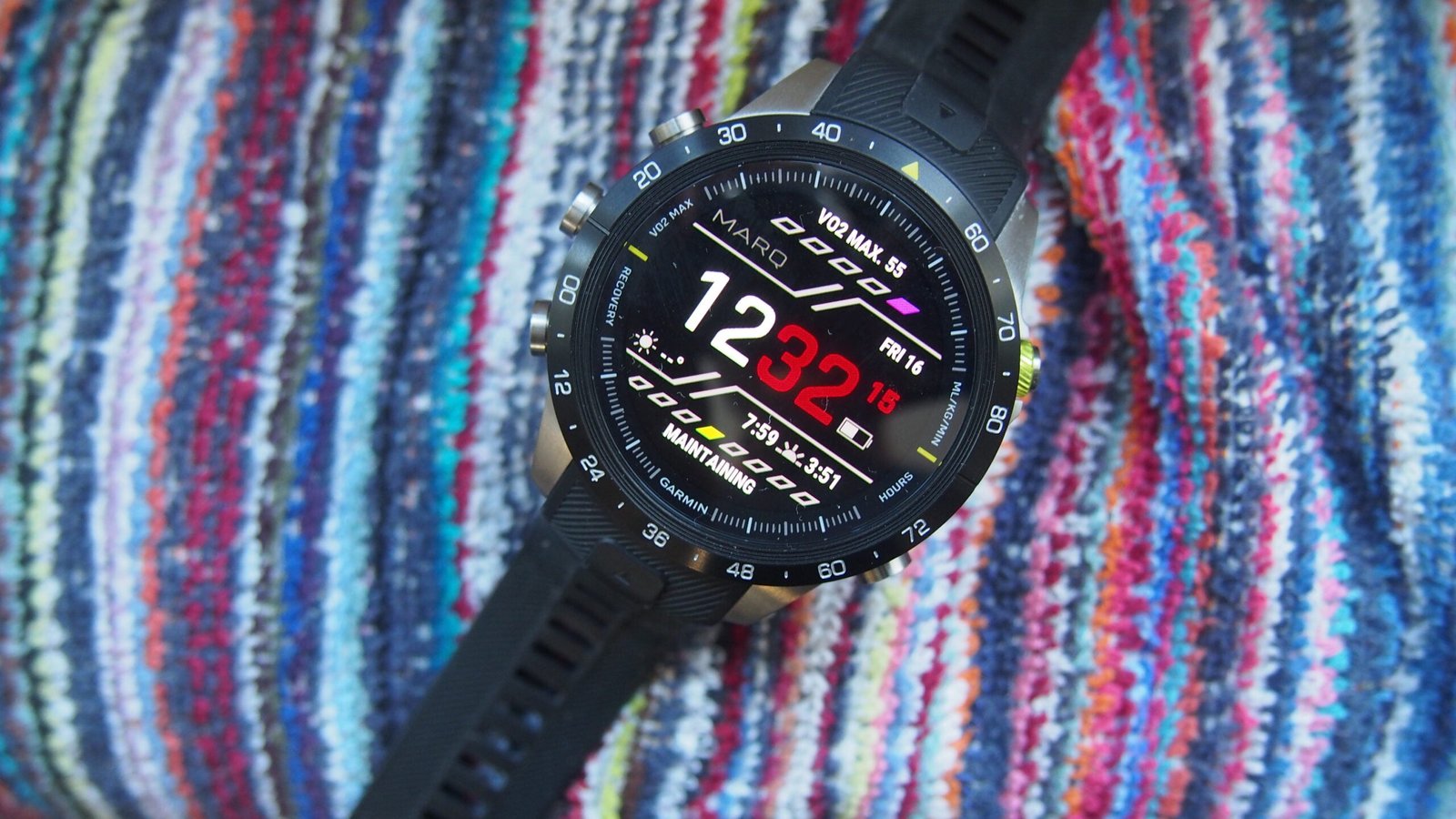Now Reading: How to Make Your Own DIY Mushroom Foraging Kit
-
01
How to Make Your Own DIY Mushroom Foraging Kit
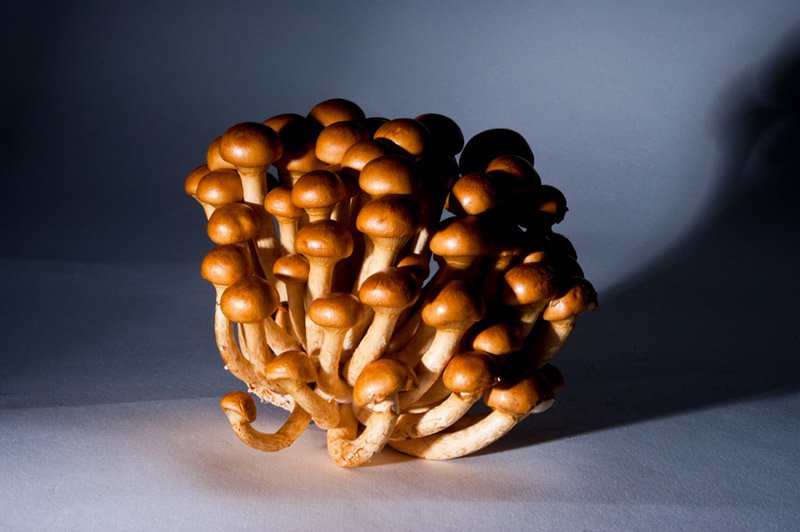
How to Make Your Own DIY Mushroom Foraging Kit
Tucked away in the hidden corners of dense forests lie mysterious fungal treasures, waiting to be discovered by the curious forager. The allure of mushroom hunting is irresistible, but embarking on this captivating expedition requires adequate preparation. Crafting your own DIY mushroom foraging kit is not only a practical choice but also an opportunity to infuse your personal touch into the art of hunting for wild mushrooms. With a handful of simple tools and a dash of creative spirit, you can fashion a kit that caters to your unique foraging style, ensuring you’re well-equipped to embark on enchanting fungi-filled adventures. So, roll up your sleeves and get ready to uncover the secrets of crafting a bespoke mushroom foraging kit, destined to accompany you on countless fungi-fueled escapades.
Table of Contents
- Gathering Essential Tools for Your DIY Mushroom Foraging Kit
- Choosing the Right Containers and Storage Options for Mushroom Foraging
- Creating a Custom Field Guide for Identifying Edible Mushrooms
- Exploring Precautions and Safety Measures during Mushroom Foraging
- Enhancing Your Mushroom Foraging Kit with Other Useful Accessories
- Q&A
- Key Takeaways

Gathering Essential Tools for Your DIY Mushroom Foraging Kit
When it comes to mushroom foraging, having the right tools is essential for a successful and safe outing. With so many different species and environments, it’s important to be prepared with a well-stocked DIY mushroom foraging kit. Here are some key tools to consider adding to your collection:
- A reliable mushroom identification guide: This is an absolute must-have for any mushroom forager. Look for a comprehensive guide with clear photos, detailed descriptions, and information on poisonous species. A good guide will help you distinguish between edible and toxic mushrooms, ensuring you make safe choices.
- A sturdy and comfortable backpack: You’ll need a bag to carry all your tools and harvested mushrooms. Opt for a backpack with padded straps and multiple compartments, allowing you to organize your gear efficiently.
- A sharp knife: A sharp knife is essential for cleanly cutting mushrooms from their base. Look for a compact and sturdy knife with a fixed blade for added safety. Remember to exercise caution and proper knife handling techniques while foraging.
- A mushroom brush: While not entirely necessary, a mushroom brush can be incredibly handy. Use it to gently brush away dirt and debris from your finds, preserving their appearance and quality.
- A pair of gloves: To protect your hands from potential irritants or thorny undergrowth, invest in a good pair of gloves. Look for gloves that are flexible and offer a good grip, allowing you to handle mushrooms with precision.
- A magnifying lens: Sometimes, tiny details can be crucial in accurately identifying a mushroom. Carry a small magnifying lens to examine features like gills, spores, or pores more closely. You’d be surprised how much you can discover with a little magnification.
Remember, mushroom foraging can be a rewarding and enjoyable experience, but always prioritize safety and knowledge. Educate yourself thoroughly, join local foraging groups, and consider going on guided hunts to learn from experienced foragers. Equip yourself with these essential tools, and you’ll be well-prepared to embark on your mushroom hunting adventures!

Choosing the Right Containers and Storage Options for Mushroom Foraging
When it comes to mushroom foraging, having the right containers and storage options can make all the difference in keeping your precious finds fresh and protected. Here are some tips to help you choose the perfect options for your mushroom adventures:
- Containers: Opt for breathable containers such as mesh bags or wicker baskets. These materials allow for proper air circulation, preventing moisture buildup that could lead to mold growth. Avoid using plastic bags or airtight containers as they can cause mushrooms to wilt and decay faster.
- Size Matters: Consider the size of your containers. Mushrooms should have adequate space to prevent bruising and allow for even airflow. If you have a variety of mushroom sizes, it’s best to carry multiple containers or use dividers to keep them separated.
- Handling Delicate Mushrooms: For delicate species like chanterelles or morel mushrooms, it’s recommended to use shallow trays or padded boxes. These options help protect the mushrooms from any accidental crushing, preserving their shape and quality.
Once you’ve gathered your mushrooms, proper storage is crucial to maintain their freshness:
- Refrigeration: Place mushrooms in a breathable container lined with paper towels, loosely covered with a lid or plastic wrap. This helps absorb excess moisture while preventing the mushrooms from drying out.
- Freezing: If you want to extend the lifespan of your mushrooms, some varieties can be frozen. Clean and slice them before placing in airtight freezer bags, removing as much air as possible. It’s worth noting that frozen mushrooms are most suitable for cooking rather than eating raw.
- Drying: Drying mushrooms is an excellent preservation method. Lay cleaned mushrooms on wire racks or strings to air dry in a well-ventilated area. Once completely dry, store them in airtight containers away from direct sunlight and moisture.
With these container and storage tips in mind, your mushroom foraging endeavors are bound to be even more rewarding, allowing you to keep your foraged treasures fresh and flavorful for longer periods.
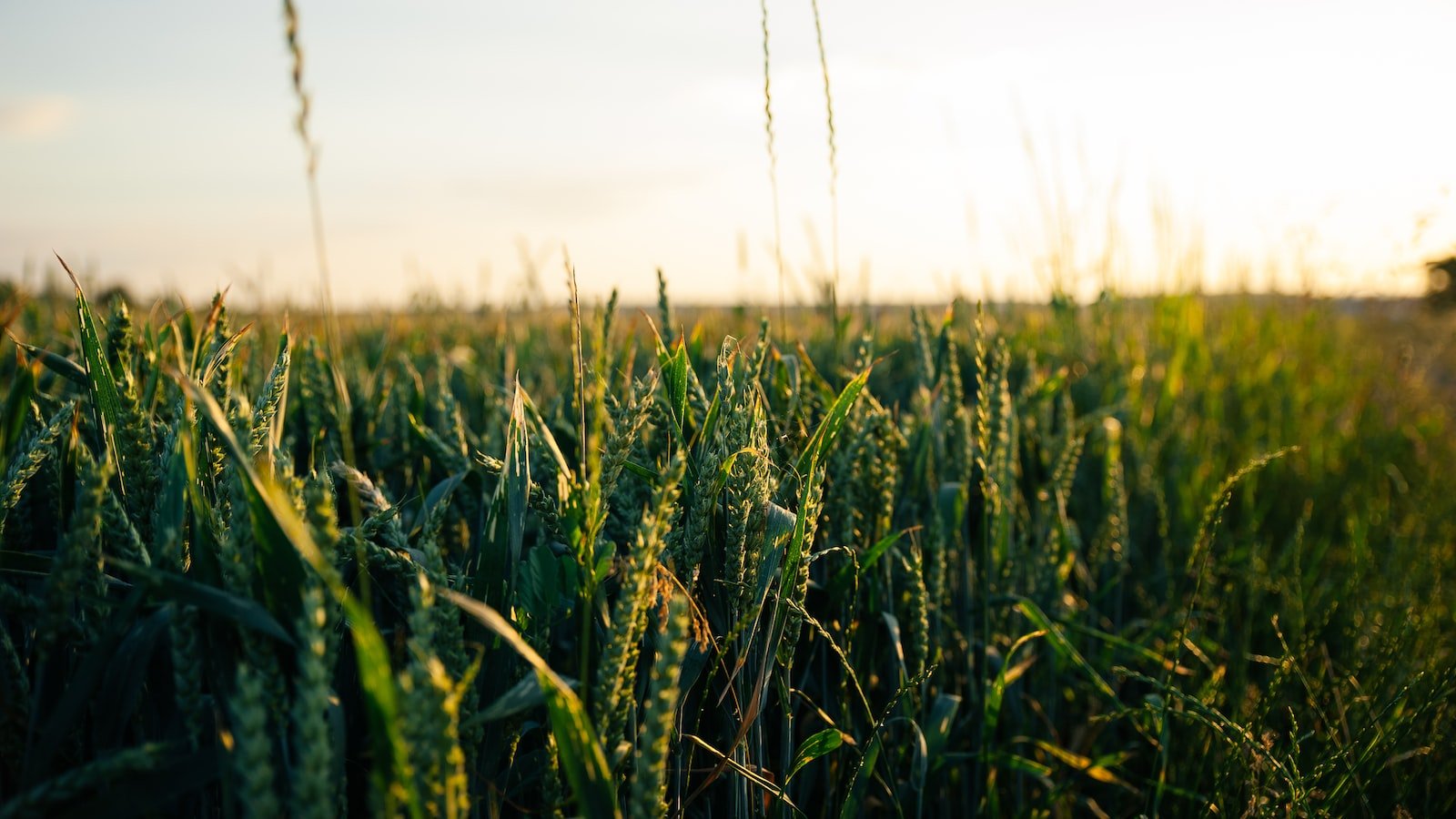
Creating a Custom Field Guide for Identifying Edible Mushrooms
Embarking on the fascinating journey of foraging for edible mushrooms requires both knowledge and caution. To establish a reliable custom field guide for identifying these delectable fungi, there are several key steps to follow.
Step 1: Research and Knowledge Gathering:
- Begin by delving into the captivating world of mushrooms through books, online resources, and expert advice.
- Learn about different mushroom species, their habitats, unique characteristics, and culinary uses.
- Identify common edible mushrooms in your region and understand their distinguishing features.
- Familiarize yourself with similar-looking toxic mushrooms to avoid any misidentifications.
- Gather information on when and where different mushroom species are most likely to grow.
Step 2: Collect Visual References and Make Observations:
- Go on field trips to observe and photograph different mushroom specimens in their natural habitats.
- Take clear and detailed pictures of the cap, gills, stalk, and any other unique features for later reference.
- Make meticulous notes on the habitat, ecological relationships, and any other relevant information about the mushrooms you encounter.
Step 3: Create a Custom Field Guide:
- Compile the gathered knowledge, observations, and visual references into a well-structured field guide.
- Include a description of each edible mushroom species, highlighting key identifying features and potential look-alikes.
- Organize the guide in a user-friendly manner, grouping mushrooms by genus, seasonality, or habitat.
- Add cautionary notes and safety reminders to ensure proper identification and foraging practices.
- Consider using symbols or color codes for quick reference to indicate mushroom species availability and level of difficulty in identification.
With your custom field guide in hand, you’ll be equipped with the necessary tools to confidently explore the world of edible mushrooms, discovering hidden treasures and embarking on culinary adventures.
Exploring Precautions and Safety Measures during Mushroom Foraging
When venturing into the enchanting world of mushroom foraging, it is essential to prioritize your safety and ensure a successful and enjoyable experience. Here are some precautions and safety measures to keep in mind:
- Research and Educate Yourself: Before heading out to the woods, take time to familiarize yourself with different species of mushrooms and their characteristics. This knowledge will help you identify edible varieties and avoid toxic or poisonous ones.
- Be Cautious of your Surroundings: While foraging, always be aware of your surroundings. Be cautious of uneven terrain, hidden obstacles, and potential encounters with wildlife. Stay on designated paths and avoid trespassing on private property.
- Use Proper Equipment: Equip yourself with essential tools such as a sharp knife, a basket or a breathable bag, and a field guide. These tools will aid you in safely harvesting mushrooms without damaging the ecosystem.
- Wear Appropriate Clothing and Gear: Dress appropriately for the weather, wearing sturdy shoes or boots that provide adequate support and protection from thorny plants or insect bites. It’s also wise to wear long pants and consider using tick repellent to prevent tick bites.
- Don’t Eat It If You’re Not Sure: If you are unsure about the identification of a mushroom, it is better to err on the side of caution. Avoid consuming any specimen that you cannot confidently identify as edible.
- Properly Clean and Store Mushrooms: After foraging, clean your mushrooms thoroughly, removing any dirt or debris. Store them in a breathable container and refrigerate them promptly to maintain freshness.
- Share your Findings: Consider joining a local mushroom foraging group or engage with experienced foragers in your area. Sharing your knowledge and discoveries can help cultivate a supportive and knowledgeable community.
By following these precautions and safety measures, your mushroom foraging journey will not only be safe but also an opportunity for growth, discovery, and connection with nature’s fascinating creations.
Enhancing Your Mushroom Foraging Kit with Other Useful Accessories
When it comes to mushroom foraging, having the right tools can make all the difference. While a reliable mushroom foraging kit is essential, there are other useful accessories that can enhance your foraging experience and increase your chances of finding the perfect fungi. Here are a few additions that can take your mushroom hunting to the next level:
- LED Headlamp: To explore the dark and damp corners where mushrooms often thrive, a hands-free headlamp is a must. The LED light provides a bright and focused beam, allowing you to spot mushrooms hidden in the shadows.
- Magnifying Glass: Sometimes, important identification features of mushrooms can be tiny and hard to see with the naked eye. A compact magnifying glass can help you examine intricate details, such as gills and spore patterns, ensuring you correctly identify the species you encounter.
- Field Guide: A comprehensive field guide dedicated to mushrooms can serve as your trusted companion during foraging trips. Whether in book or app form, it provides valuable information on identifying different species, their habitats, and which ones are safe to consume.
- Foraging Bag: A durable and breathable bag with multiple compartments is ideal for storing the mushrooms you collect. Look for a bag with adjustable straps so that you can comfortably carry it on your foraging expeditions.
By equipping your mushroom foraging kit with these additional accessories, you’ll be well-prepared to venture into the magical world of mushrooms and embrace the thrill of discovering new varieties in the wild.
Q&A
What is a DIY mushroom foraging kit?
A DIY mushroom foraging kit is a set of tools and equipment that you can create yourself to help you in the exciting adventure of mushroom hunting. It usually consists of items such as a basket, a knife, a guidebook, and maybe some additional supplies depending on your preference.
Why should I make my own mushroom foraging kit?
Creating your own DIY mushroom foraging kit allows you to personalize it according to your needs and preferences. It also gives you the opportunity to save some money by using household items or repurposing materials, making it a fun and budget-friendly project.
What are the essential items to include in a mushroom foraging kit?
Some essential items to include in your mushroom foraging kit are a sturdy basket or container to hold your finds, a sharp knife for cleanly cutting mushrooms, a guidebook or field guide to help you identify species, and some wax paper or bags to preserve delicate mushrooms during transport.
How can I repurpose household items for my foraging kit?
Look around your house for items that can be repurposed for your foraging kit. For example, an old wicker basket can serve as a great container for collecting mushrooms, while a butter knife can be sharpened for mushroom cutting. Get creative and think outside the box!
Are there any additional tools or supplies I might want to include?
Depending on your specific needs and foraging style, you might consider including items such as a small brush for removing dirt or debris, a magnifying glass for examining intricate details, or even a camera to document your mushroom finds. Customize your kit to enhance your foraging experience!
How can I stay safe while foraging for mushrooms?
Safety is crucial when mushroom foraging. Ensure you have a reliable field guide to identify edible species accurately, and avoid consuming any mushrooms you are unsure about. Always beware of hazardous plants, insects, or animals in the area, and if in doubt, consult with an expert before consuming any wild mushrooms.
Key Takeaways
As we conclude our mushroom-centric adventure, you now possess all the secrets to create your very own DIY mushroom foraging kit. Armed with the knowledge to identify the enchanting fungi in your surroundings, an excursion into the wild will unfold like a treasure hunt of earthy delights. While nature’s mushroom landscapes unveil their hidden gems, remember to tread with respect and curiosity, preserving this fragile ecosystem for generations to come.
From gathering everyday household items to assembling a kit that embodies your unique foraging spirit, you have transformed the mundane into a gateway to a kingdom of extraordinary flavors and magical experiences. As you venture deeper into the wilderness, immerse yourself in the wonder of nature’s bounty, embracing the intoxicating smells and intricate textures that characterize these fungi wonders.
Beyond the thrill of discovering culinary delicacies, your self-crafted mushroom foraging kit becomes an emblem of self-sufficiency and a connection to the Earth. The act of seeking out these elusive and captivating organisms offers solace from the noise of our fast-paced lives, inviting us to slow down and be present in the moment. Each foray into the woods becomes a personal odyssey, where the scent of damp soil and the pulse of the forest become your companions.
In the world of fungi, simplicity blends effortlessly with complexity, and the process of creating a DIY mushroom foraging kit mirrors this delicate balance. Whether you choose to embark on this journey alone or share it with likeminded adventurers, the joy of exploring the mysteries of the mushroom kingdom will forever engrave itself in your heart.
So now, dear wanderer, it is time for you to equip yourself with your very own foraging kit and step into the enchanting realms where fungi reign supreme. Let the whispering canopies and mossy paths guide you, as your senses awaken to the beauty that lies beneath our feet. Embrace the unknown and savor the rewards, for with each harvest comes a new story to tell, and a connection to the natural world that will forever nurture your soul. Safe travels, fearless forager.
As an affiliate, my content may feature links to products I personally use and recommend. By taking action, like subscribing or making a purchase, you’ll be supporting my work and fueling my taco cravings at the same time. Win-win, right?
Want to read more? Check out our Affiliate Disclosure page.

